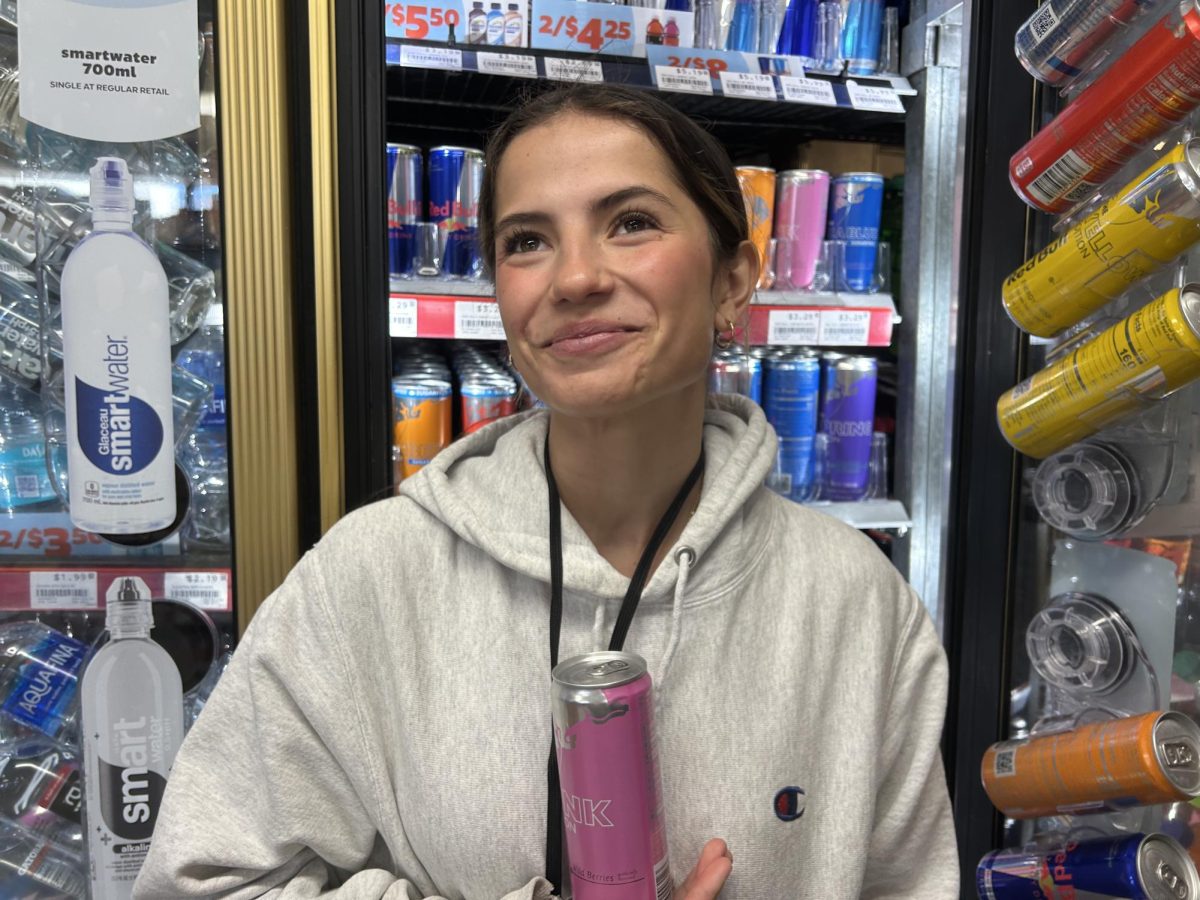In the turbulent lives of high school students today, where academic pressures, extracurricular commitments, and social media scrutiny collide, a pervasive force takes hold: the energy drink epidemic. Coffee and tea is one thing, but the energy drinks that contain overwhelming amounts of caffeine, sugar, acidity and other questionable ingredients that threaten the human body are an entirely different story. The continuous rise of these beverages such as Red Bull or Celsius has skyrocketed with the current state of consumer culture, and has become ubiquitous, promising a quick fix for the perpetual fatigue that seems to define the teenage experience. However, beneath the colorful, sleek packaging and short-term enhanced performance lies a complex combination of health risks, marketing manipulation and long term consequences that threaten the well-being of young consumers.
Energy drinks have experienced a meteoric rise in popularity among Boulder High students. A recent survey revealed that 67% of respondents consume caffeine regularly, with 42% specifically choosing energy drinks such as Red Bull, Celsius, or Monster. Energy drinks have become deeply ingrained in the daily lives of high school students, largely due to the aggressive marketing that promises peak performance and quick fixes to fatigue and stress, as noted by the CDC. This trend is further fueled by widespread advertising through social media and sponsoring of sporting events. For example, the Monster Army, Monster Energy’s athlete development program, supports athletes ages 13-21 in multiple sports including skiing and mountain biking. This program offers financial support but in turn gains further exposure and advertising through the given merchandise provided to athletes. The widespread availability of in convenience stores ensures that teens can easily access these products without any level of control or awareness of its effects.
As these beverages become increasingly popular in high school culture, their health impacts become more pronounced. Regular consumption can exacerbate already common issues that teenagers struggle with including insomnia, anxiety and depression. According to multiple sources including UCLA Health and Michigan Medicine, the high caffeine content in these beverages can disrupt sleep patterns and increase blood pressure. The recent survey at Boulder High found that 24% reported feeling heightened levels of anxiousness, 20% experiencing restlessness and 33% experiencing fatigue and headaches. These effects not only hinder academic performance, but also prove to be detrimental regarding mental health in the long term. While energy drinks promise immediate benefits like alertness and focus during consumption—averaging a feeling score of 3.28 out of 5 according to Boulder High’s survey—the negative after-effects reveal a different picture. Fatigue (33%), headaches (30%), difficulty concentrating (17%), anxiety (24%), restlessness (20%), irritability (12%), dehydration (15%), stomach pain (9%), nausea (8%), and dizziness (9%) were all reported by respondents as common side effects. These findings underscore the temporary nature of the “boost” provided by energy drinks. As stated by Harvard Health, the crash following consumption often leaves individuals feeling worse than before they drank the beverage.
As with anything, moderation is key. Given the widespread consumption of energy drinks among high school students—and their associated risks–it is crucial to learn one’s own individual caffeine habits, threshold/limit, and the pronounced effects specific to them when consuming energy drinks. Overall, energy drinks such as Red Bull, Monster, and Celcius, and the traditional coffee or tea, is not a bad thing on its own. What can be threatening is over consumption and the unawareness of the specific short term and long term effects of caffeine.



